[UPDATED] Last Flight of Delta IV Heavy Is Completed: What Makes This Rocket So Special?
31st Mar 2024![[UPDATED] Last Flight of Delta IV Heavy Is Completed: What Makes This Rocket So Special? [UPDATED] Last Flight of Delta IV Heavy Is Completed: What Makes This Rocket So Special?](https://orbitaltoday.com/wp-content/uploads/2024/03/GJkUlMEbUAAR6XU-scaled.jpeg)
After making its mark in the history of space exploration, the Delta IV Heavy, which ULA had dubbed as “the most metal of rockets”, was set to launch this Thursday, 28 March. It is supposed to be its 16th and final flight. What all the fuzz is about?
This rocket sets itself ablaze before soaring into space. It’s the biggest rocket worldwide that runs solely on liquid hydrogen, a fuel that’s tricky to handle but super efficient.
For nearly ten years, the Delta IV Heavy has been the top dog in American space launches. It’s been the backbone of the US military’s space missions for over two decades. Plus, it’s the priciest commercially-made rocket globally. And why? Well, not just because it’s super powerful, but also because it’s seriously complicated.
But now, the United Launch Alliance is gearing up for the final launch of the Delta IV Heavy from Cape Canaveral Space Force Station, Florida. It’s carrying a top-secret payload for the National Reconnaissance Office, the US government’s spy satellite agency. Why was there no launch on 28 March as planned? Why is the last launch of Delta IV Heavy a big deal for the space industry? Let’s find it out.
UPDATE 9th of April: Successful Launch of Final Delta Rocket After 64 Years
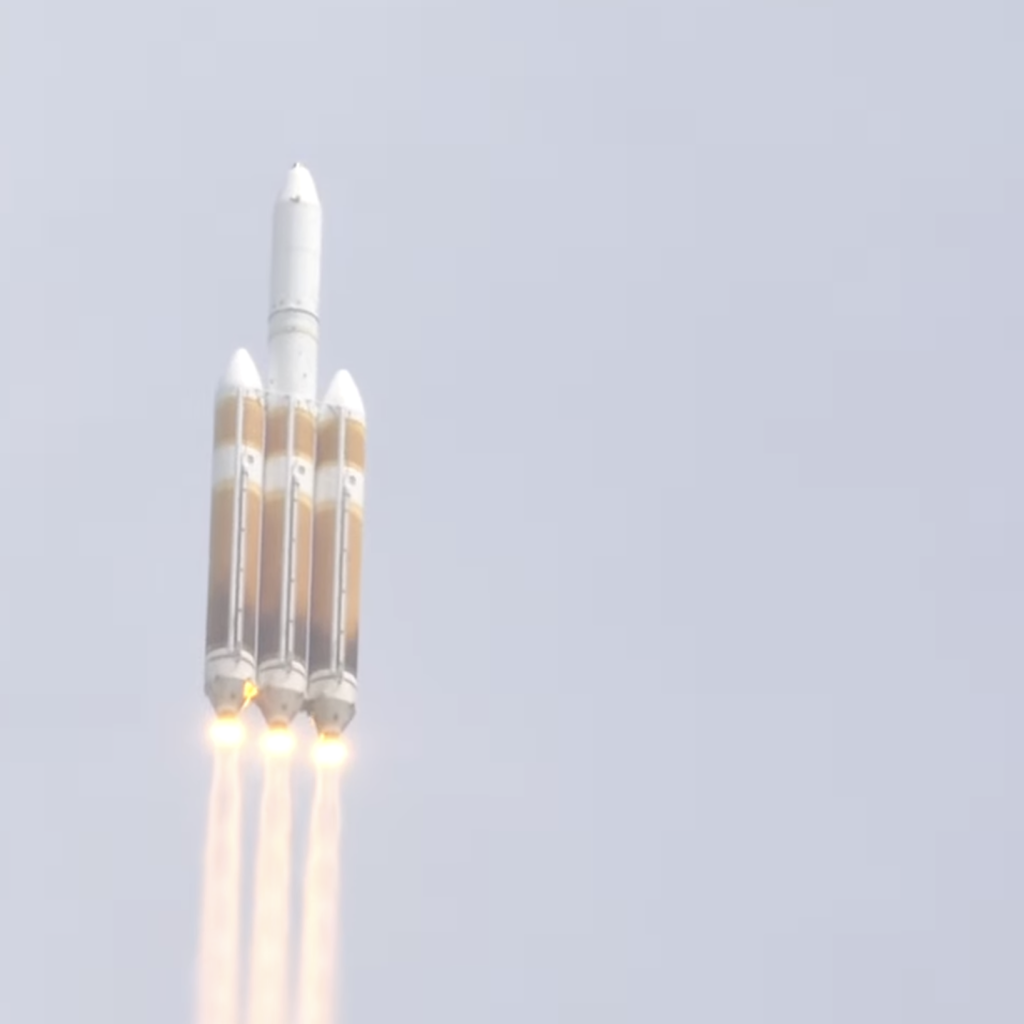
United Launch Alliance (ULA) marked the end of an era today as it launched the final Delta IV Heavy rocket after 64 years of service. The historic liftoff, which took place from Space Launch Complex-37 (SLC-37) at Cape Canaveral Space Force Station in Florida on the 9th of April, closed out the Delta rocket program with a remarkable legacy of 389 flights.
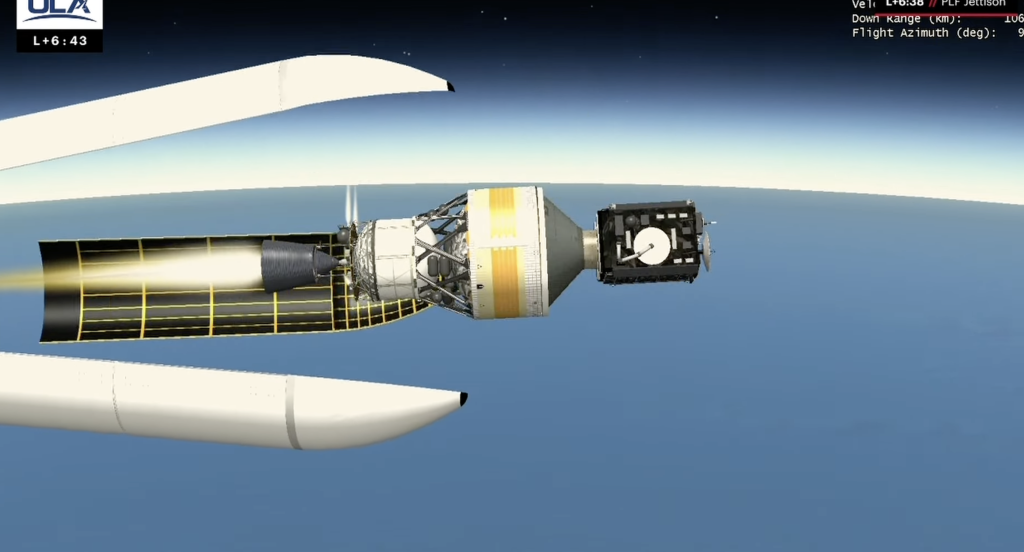
UPDATE 3rd of April: NEW Launch Date for Delta IV Heavy’s Last Flight
The United Launch Alliance has announced the rescheduled launch of the Delta IV Heavy rocket, tasked with carrying out the NROL-70 mission for the National Reconnaissance Office. It’s set for Tuesday, April 9th, at 12:53 p.m. EDT, pending range approval. Stay tuned for further updates!
The Delta IV Heavy’s Spectacular Launch
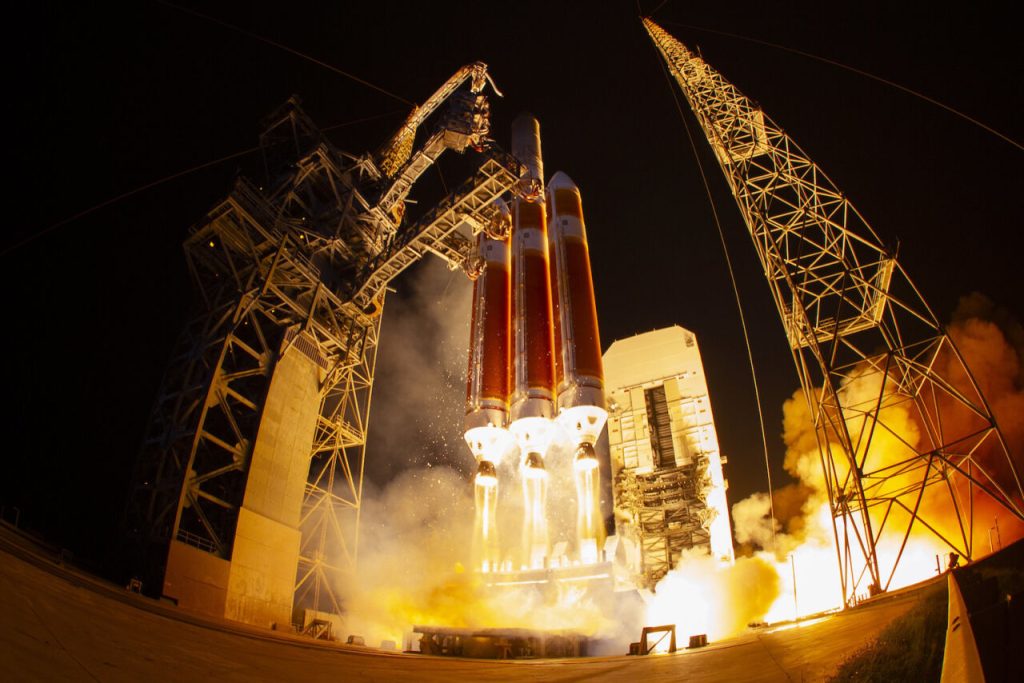
The Delta IV Heavy has left its mark on history, launching vital national security missions and playing a crucial role in significant NASA projects, like sending the Orion spacecraft on a test flight in 2014 and launching the Parker Solar Probe toward the Sun’s outer atmosphere in 2018.
What makes the Delta IV Heavy so unforgettable? It’s all about the choice of fuel: super-chilled liquid hydrogen. When those three RS-68 engines kick into gear, they mix hydrogen with liquid oxygen to create a fiery spectacle. You see, hydrogen is lighter than air, so when it’s ignited, it rises up, creating a towering flame.
Wrapped in orange foam insulation, the Delta IV’s cores resemble giant toasted marshmallows. This foam isn’t just for show; it shields the rocket from the intense heat of the fireball. That’s why Tory Bruno, the head honcho at ULA, describes it as a “self-immolating booster”—a dramatic sight indeed.
Once those engines roar to life, 12 bolts pop, setting the triple-core rocket free. With over 2 million pounds of thrust, it shoots skyward from Cape Canaveral. The center core’s RS-68 engine adjusts its power to save fuel, while the side boosters burn through theirs in under four minutes.
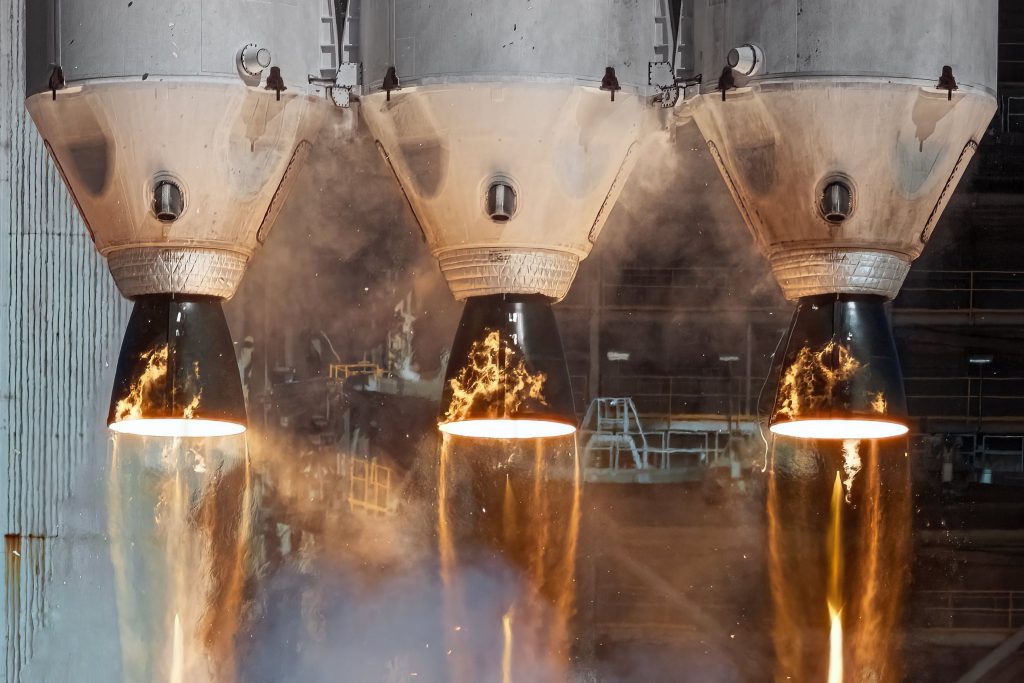
After shedding its side boosters into the Atlantic, the centre core burns for another 90 seconds. Then, it detaches, and the upper stage’s RL10 engine kicks in for a series of burns, propelling the rocket’s classified payload into a high orbit around Earth.
[UPDATED] Last Flight of Mighty Delta IV Heavy: When & How to Watch?
The final launch of a United Launch Alliance Delta IV Heavy rocket, initially set for Thursday, 28 March, hit a snag when a ground pump issue on a gaseous nitrogen pipeline caused a scrub at 2:47 p.m. EDT. Consequently, the launch was rescheduled for Friday, 29 March, at 1:37 p.m. EDT.
However, due to persisting concerns with the gaseous nitrogen pipeline, the launch has been postponed again. Engineers are currently troubleshooting the issue, and United Launch Alliance has requested a launch date for Monday, 1st of April, from the U.S. Space Force Eastern Range for the final NROL70 mission. The time is to be disclosed.
How can you watch the Delta IV Heavy finale? ULA’s official YouTube channel will have a live broadcast.
How Big Is It?
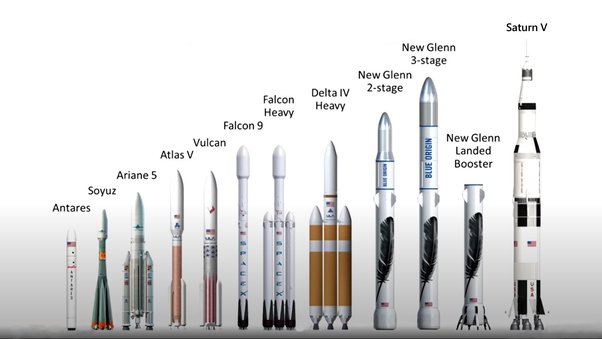
Let’s talk about the sheer might of the ULA Delta IV Heavy rocket. Unlike its smaller counterpart, the Delta IV Medium, the Heavy version packs three Delta IV core stages together. According to the ULA website, these rocket engines can generate a staggering 702,000 pounds of thrust. It’s no wonder ULA affectionately calls it “the most metal.”
And these engines aren’t lightweight by any means. Each one weighs about 14,876 pounds and stretches a whopping 204 inches (that’s 17 feet) in length.
Fueled by a combination of liquid hydrogen and liquid oxygen, the Delta IV Heavy puts on quite a show before liftoff. As the rocket gets ready, you’ll notice what seems like flames engulfing it. But don’t worry, it’s just the hydrogen gas, used to cool down the rocket before launch, igniting and burning off. It might seem intense, but it’s all part of the process.
Now, let’s compare the Delta IV Medium to its Heavy sibling. The key difference? The Heavy version boasts two additional common booster cores—basically, it’s got two extra rockets strapped onto the main one.
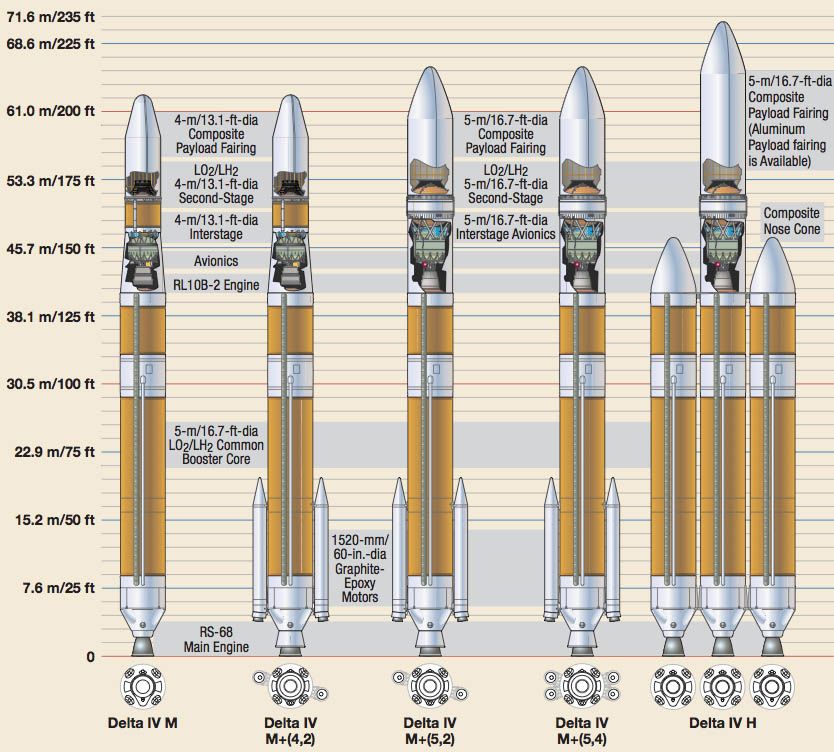
The Delta Rocket Family’s Odyssey
The last launch marks the 45th flight of the Delta IV, with 16 of those in the Heavy configuration. It’s the end of an era for the Delta rocket family- the 389th rocket bearing the Delta name since 1960. However, the Delta IV, which first flew in 2002, shares little resemblance with its predecessors. The older Delta rockets, like the Delta II, had roots in the Cold War-era Thor program, which started as a ballistic missile and evolved into a satellite launcher.
The Delta II bid farewell in 2018, leaving the Delta IV as a fresh start. Conceived by McDonnell Douglas in 1998, it won an Air Force contract alongside Lockheed Martin’s Atlas V to become the primary launch vehicles for military satellites. Boeing inherited the Delta IV program through its merger with McDonnell Douglas in 1997. In 2006, Boeing and Lockheed Martin joined forces, creating the United Launch Alliance.
The Delta IV Heavy, especially, has been crucial for launching hefty military and intelligence-gathering satellites, once carried by the retired Titan IV rocket. These payloads mainly include NRO surveillance satellites, and massive Keyhole imaging platforms akin to Earth-focused Hubble telescopes.
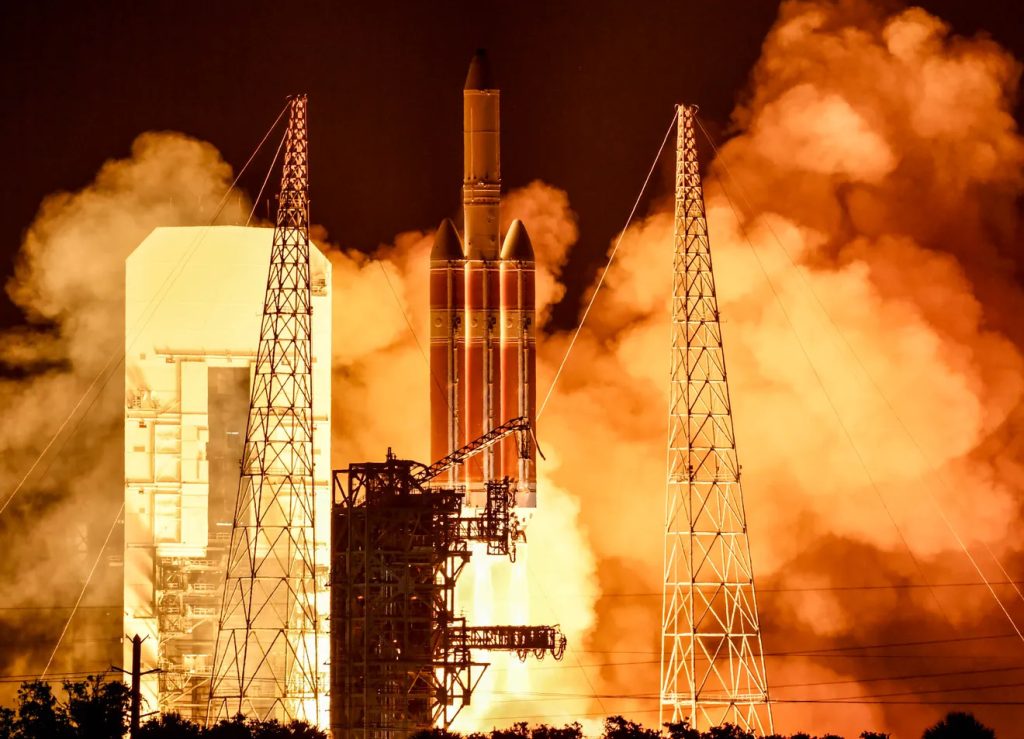
However, success comes at a cost. Initially, a single launch on the Delta IV Heavy could set back the government as much as $400 million. While the final missions secured a better deal through bulk purchasing, the Delta IV struggled to attract commercial customers after its maiden commercial launch in 2002.
Why Is ULA Retiring the Delta IV Rocket?
Well, it’s all about the new kid on the block – the Vulcan Centaur. This fresh-faced rocket aced its test flight in January 2024 and is set to take the reins from the Delta family.
What makes the Vulcan Centaur so special? For starters, it’s cheaper to launch. Plus, it packs a punch with its power, offering the flexibility to attach 2, 4, or even 6 solid rocket boosters, according to ULA. And that’s not all. ULA is tinkering away, exploring ways to make the Vulcan Centaur reusable in the future. This move could slash costs even further down the line.
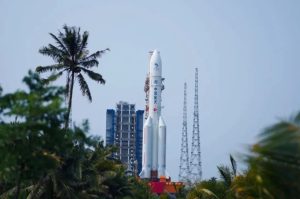
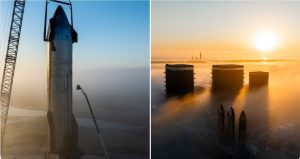



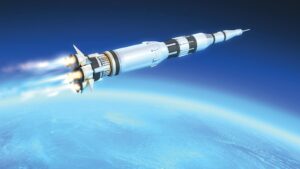
Thank you for your comment! It will be visible on the site after moderation.